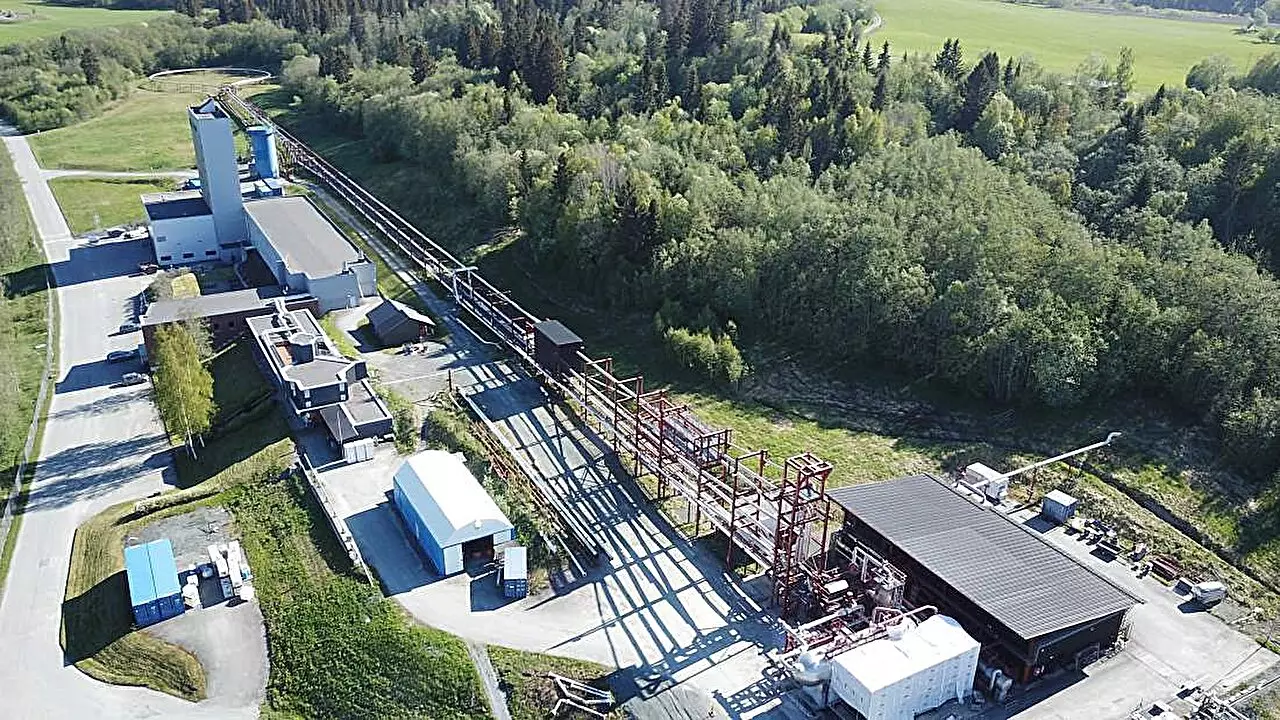The battle against climate change requires innovative technologies, and SINTEF researchers have found a way to upscale their oil and gas transport methodologies for carbon capture and storage (CCS). This breakthrough could significantly contribute to reducing greenhouse gas emissions. By utilizing the simulation model called LedaFlow, SINTEF has made significant cost savings in the oil and gas sector. Now, they aim to apply this technology to investigate how CO2 behaves in pipelines, a crucial step in effectively capturing and storing large volumes of CO2.
Transporting CO2 from industrial processes to massive subsurface reservoirs requires an in-depth understanding of its behavior. The Northern Lights project in Norway aims to store up to 1.5 million tons of CO2 by 2024 and five million tons by 2026. This project is more complex than previous storage endeavors as it involves gas from multiple sources and various injection wells. To address these challenges, SINTEF’s CO2Flow project will tap into the expertise gained from the LedaFlow model and flow behavior modeling at the SINTEF Multiphase Flow Laboratory.
CO2 behaves differently from oil and gas mixtures when transported through pipelines, necessitating the development of accurate data models. By combining innovative experiments and new data models, SINTEF aims to predict CO2 flow behavior. This prediction capability will enable the large-scale implementation of CCS in the oil and gas sector. Factors such as materials used and pipe diameter will be optimized through the data models, ensuring cost-effective and safe pipeline operation. Additionally, these models will prevent issues such as unstable flow or the formation of dry ice, which can block the pipelines.
The SINTEF Multiphase Flow Laboratory at Tiller will serve as the primary location for developing the new data models. Collaborative efforts with NTNU’s DeFACTO underground testing facility at Gløshaugen in Trondheim will ensure comprehensive experiments. The goal is to gather actionable insights and enhance the accuracy of CO2 flow behavior predictions. Finally, Kongsberg Digital, the partner in LedaFlow model development, will play a vital role in testing, quality assurance, and the commercialization of the CO2Flow project.
The application of SINTEF’s LedaFlow model to CCS technologies opens up new possibilities for mitigating climate change. By leveraging knowledge and expertise gained from the oil and gas sector, researchers can now address the challenges of transporting and storing CO2 efficiently. As the Northern Lights project demonstrates, Norway is committed to implementing industrial-scale CCS technologies. With the ability to capture CO2 from processes like waste incineration and cement manufacture, the potential for significant emissions reductions is substantial.
SINTEF’s groundbreaking efforts to adapt their oil and gas transport methodologies for carbon capture and storage hold immense promise. By utilizing the LedaFlow model and developing new data models, researchers can predict CO2 flow behavior and optimize pipeline design. These advancements lay the foundation for large-scale CCS implementation in the oil and gas sector. With ongoing research and collaboration, the future of carbon capture and storage looks more promising than ever, offering hope in the fight against climate change.


Leave a Reply